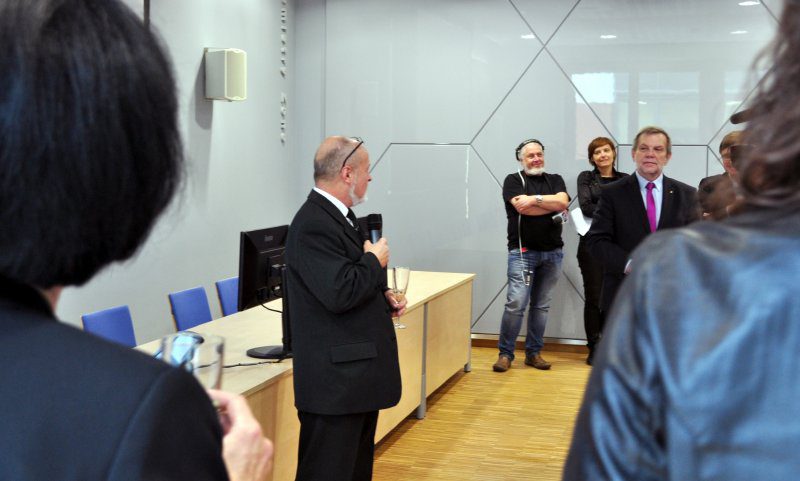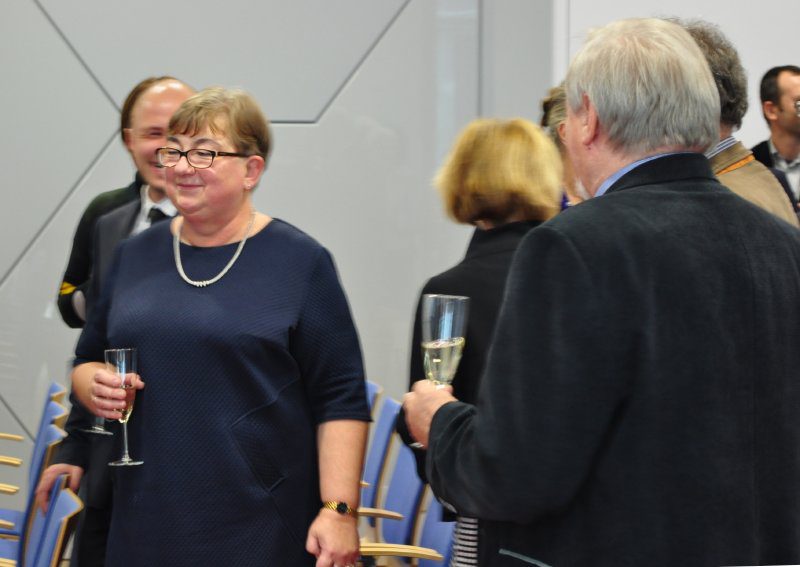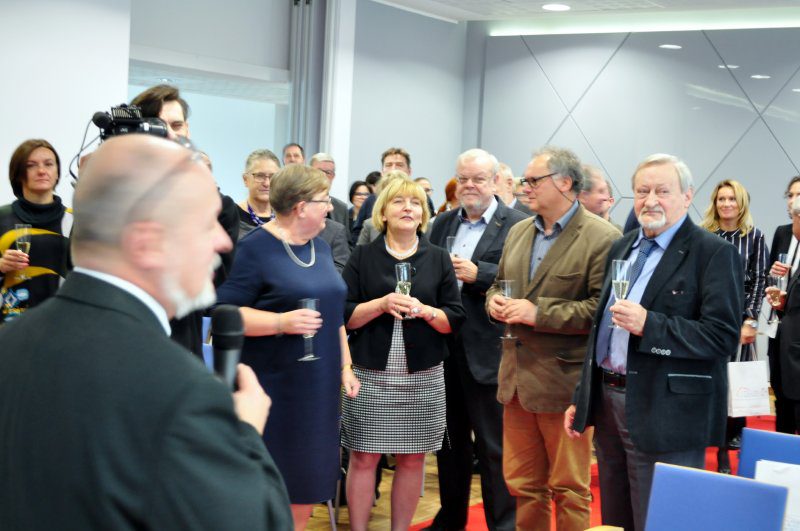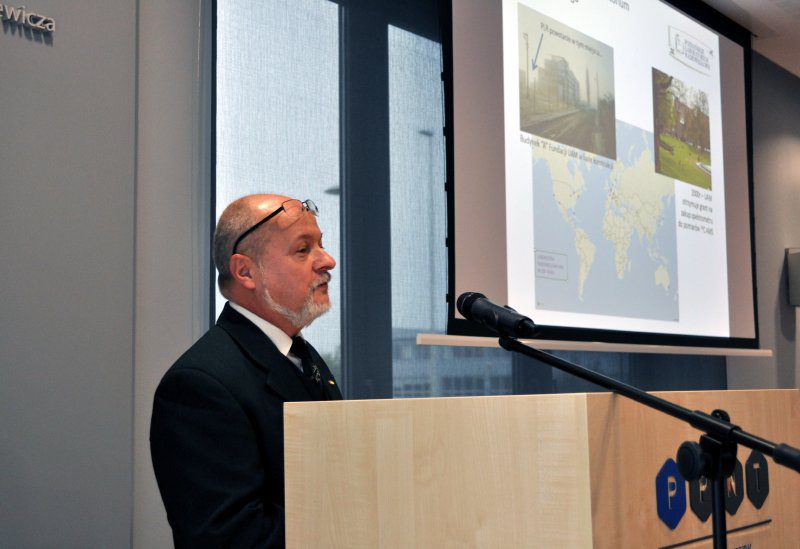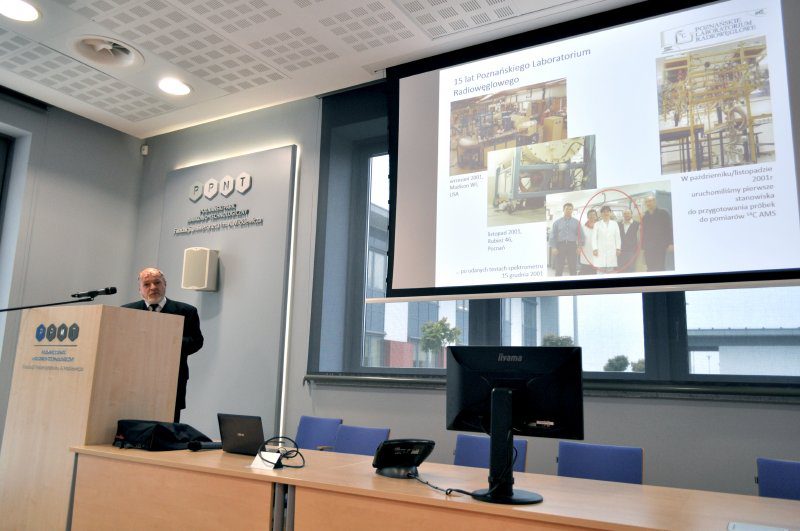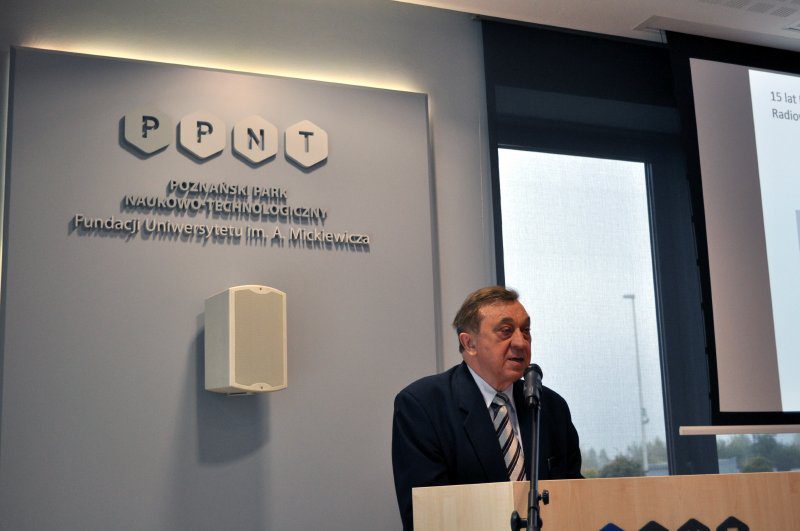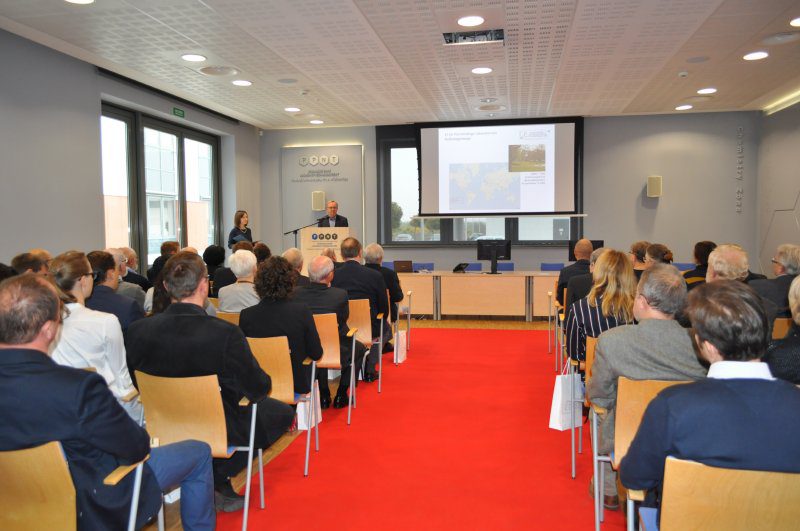The 15th anniversary of Poznan Radiocarbon Laboratory
2016-10-22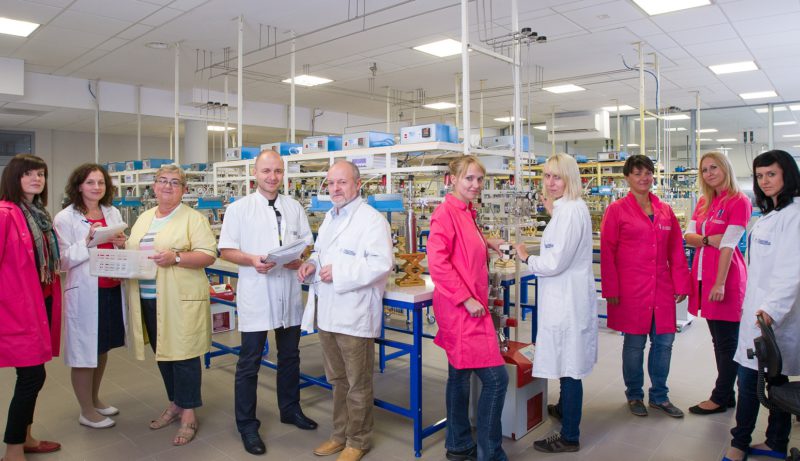 On 21 October 2016 we celebrated the 15th anniversary of Poznan Radiocarbon Laboratory in Poznan Science and Technology Park (PSTP). Among the guests were the people who created the Laboratory and contributed to its great success as well as those who have cooperated with the Laboratory. Among the most eminent guests and keynote speakers were:
On 21 October 2016 we celebrated the 15th anniversary of Poznan Radiocarbon Laboratory in Poznan Science and Technology Park (PSTP). Among the guests were the people who created the Laboratory and contributed to its great success as well as those who have cooperated with the Laboratory. Among the most eminent guests and keynote speakers were:
- Prof. Marek Nawrocki, Vice-Rector for Cooperation with Business Entities and IT Implementation at Adam Mickiewicz University in Poznan
- Prof. Bogdan Marciniec, the President of AMU Foundation at the time when the Laboratory was created
- Prof. Tomasz Goslar, serving as the Head of Poznan Radiocarbon Laboratory since the beginning of its operation
- representatives of institutions cooperating with the Laboratory, including Prof. Hanna Koćka-Krenz from the Institute of Archaeology, AMU; Prof. Jacek Kabaciński from the Institute of Archaeology and Ethnology, Polish Academy of Sciences; Prof. Marzena Szmyt from Poznań Archaeological Museum and Prof. Andrzej Wyrwa from the Museum of the First Piasts at Lednica.
The event was not only a great opportunity to summarise the Laboratory’s successful activities but also to take a closer look at how it operated. At the end of the event the participants took part in a guided tour in the Laboratory.
***
Since the beginning of its existence, Poznan Radiocarbon Laboratory with its head, Prof. Tomasz Goslar, has successfully dated approx. 75,500 samples of geological and archaeological material for the clients from all over the world. The service has been provided to 1,600 institutions, including 34 most recognised universities in the world. Among the clients of the Laboratory are also Polish research centres such as Adam Mickiewicz University, University of Warsaw, Jagiellonian University, AHG University of Science and Technology or the Polish Academy of Sciences. For the last 15 years the Laboratory has examined samples from as many as 137 countries of the world. Among the examined carbonaceous materials are: bones, lake bottom sediments, soil, ceramics, wall paintings, textiles, paper or parchment.



